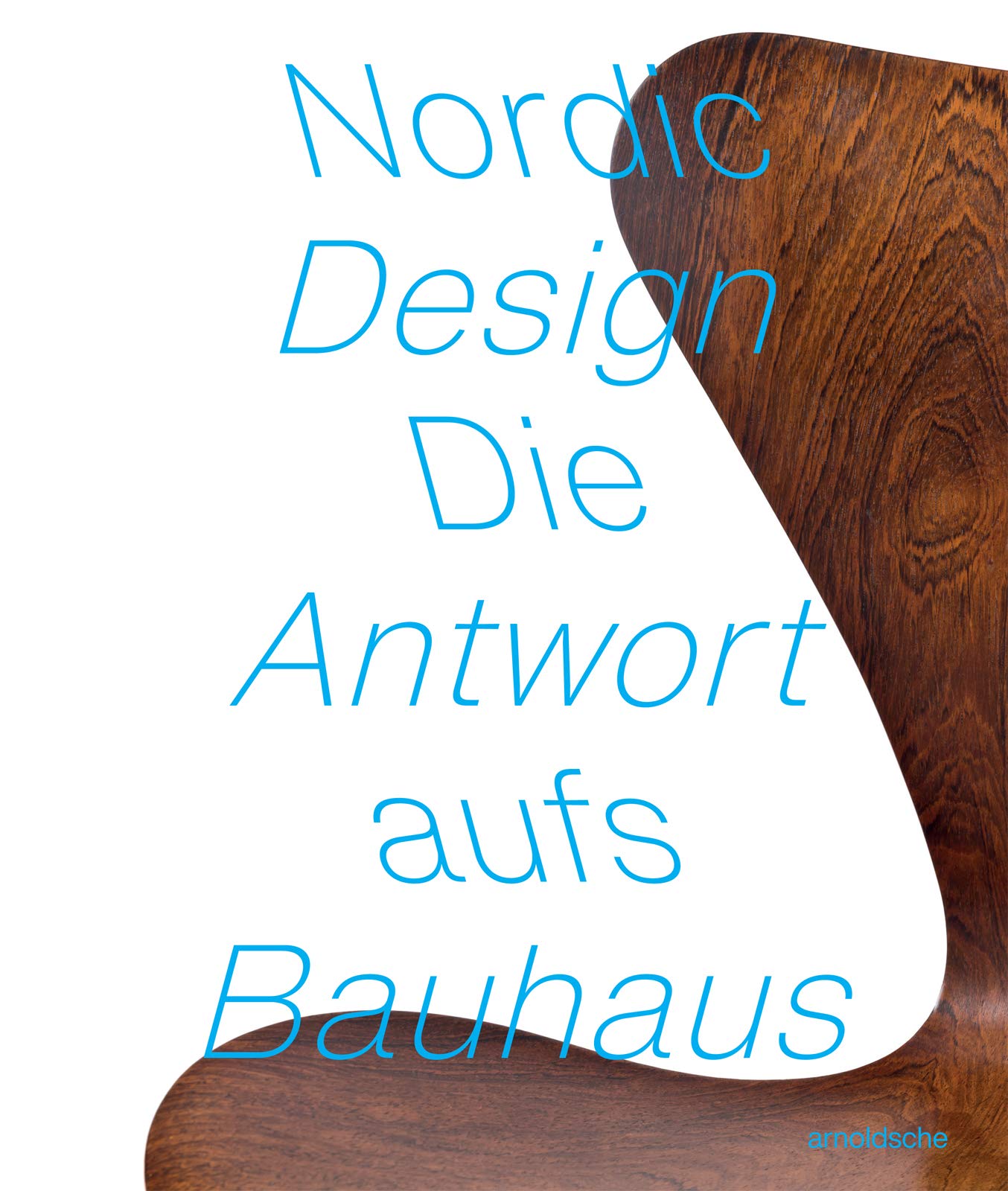Nordic Design
469,00 kr.
Numerous large-format illustrations reveal exceptional design objects from the individual Nordic countries
Accompanying essays illustrate the national characteristics, identify the influences and explore individual artistic positions
Published to accompany an exhibition being held at Bröhan-Museum, Berlin, between 24 October 2019 and 1 March 2020
The publication Nordic Design, launched by the Bröhan Museum in Berlin to mark its exhibition of the same name, takes as its theme the reaction of Nordic countries to German modernism and the Bauhaus, In doing so, the individual countries find a common creative denominator under the auspices of their own national characteristics,
Thus the special living conditions in Finland lead to unique aesthetic outcomes, where Alvar Aalto’s interpretation of functional design became the foundation of Finland’s own path to modernism, In Sweden, on the other hand, German concepts merged with local traditions; in accordance with the Swedish welfare state, all levels of the population should have access to good design, Consequently from the 1960s on, IKEA turned Swedish concepts into export successes across the world, In Denmark the focus is handcrafts, as opposed to industrial manufacture, With Kaare Klint, the father of Danish design, putting people and their anatomy at the core of design, in the 1950s and 1960s Danish design became the epitome of the Scandinavian aesthetic,
Nordic Design, The Response to the Bauhaus deals with Nordic countries’ reaction to the Bauhaus and the German modern age, The late 1920s saw a new design form celebrating its first successes across the Nordic countries, Finland’s singular living conditions had an equal influence on the new design vocabulary alongside the postulate formulated in Sweden: ‘Beauty for everyone’, or the Danish preference for handicrafts,
The respective characteristics of the Nordic countries gave rise to a highly autonomous interpretation of functionalism, It was not the avant-garde form that stood in the foreground, as was very often the case in Germany, but the tailored solution to any given task, Through this, Scandinavian functionalism succeeded in becoming the constant that defined the identity of the Nordic nations,
| Publisher | Arnoldsche |
| Author | Tobias Hoffmann |
| Product Cover | Hardcover |
| Product Language | English, German |
| Pages | 304 |
| Country of origin | PL |
Yderligere information
| Vægt | 1,5 kg |
|---|---|
| Størrelse | 1,5 × 2,9 × 26,5 cm |
| Collections |
Lignende produkter
-
Simply Scandinavian
289,00 kr. -
Interiors – Pink
679,00 kr. -
Porsche 911: 50 Years
399,00 kr.




